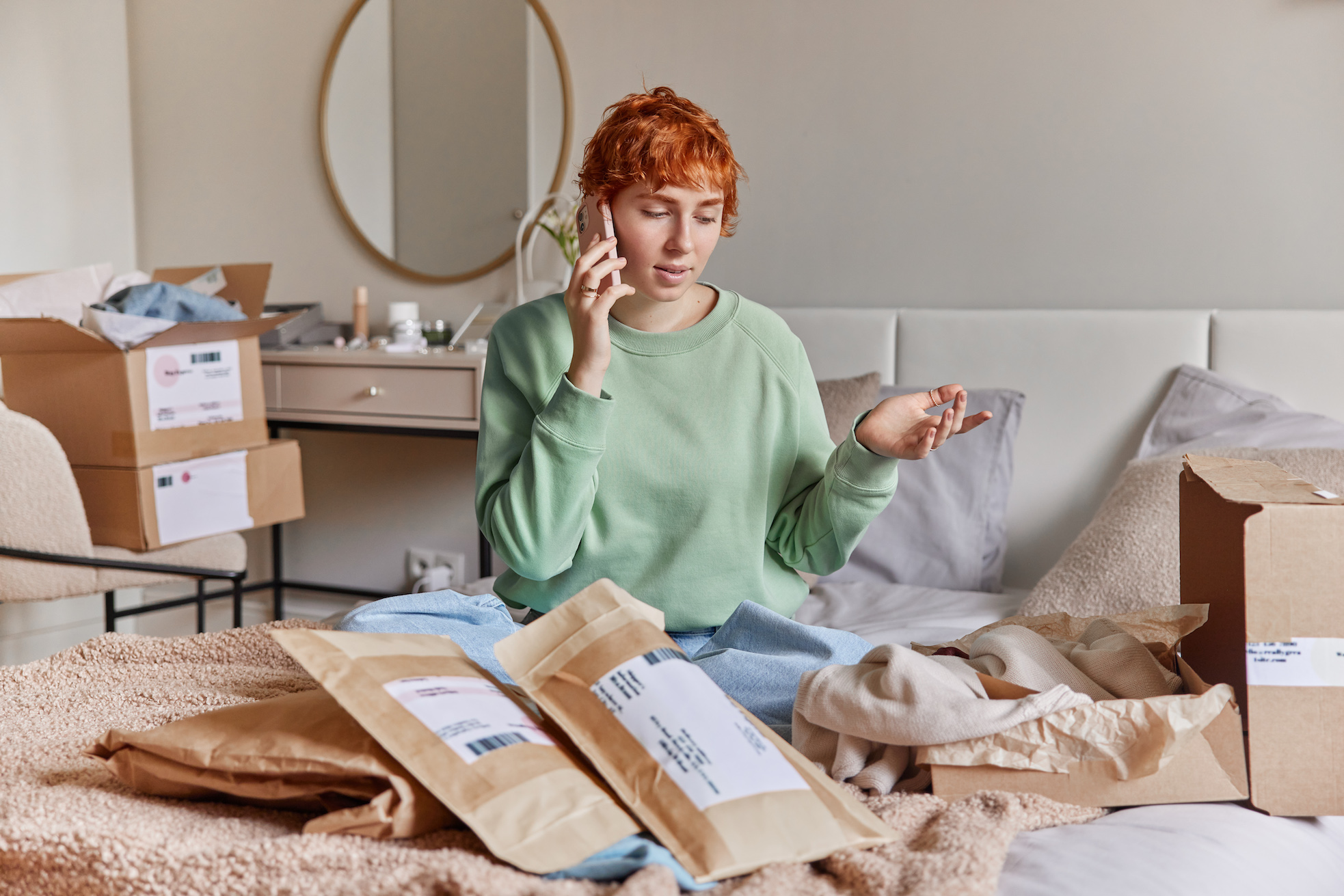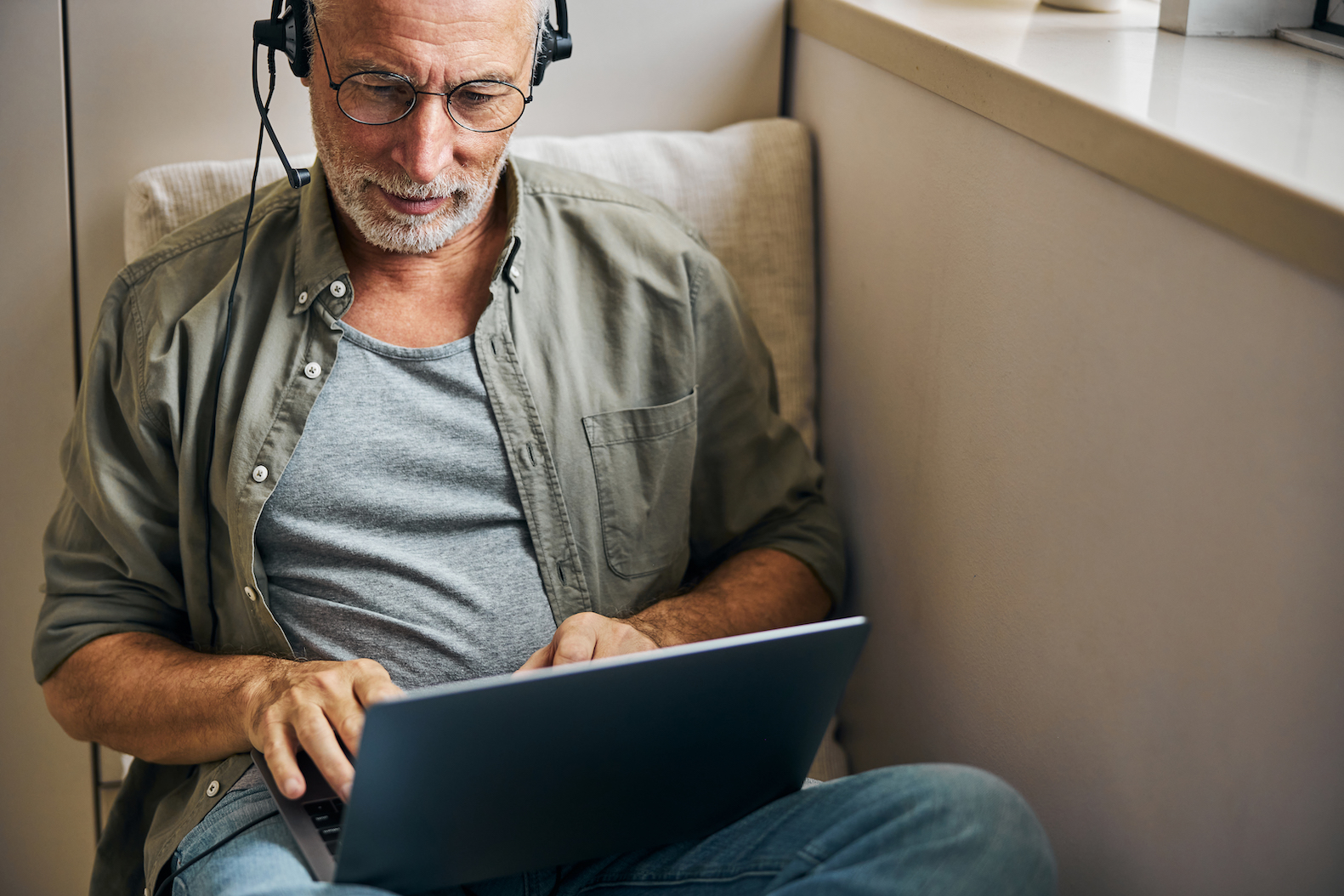Retail
Cumple con las expectativas de tus clientes. Ofrece a tus clientes experiencias excepcionales, ágiles, personalizadas, optimizadas y atractivas.

Cumple con las expectativas de tus clientes. Ofrece a tus clientes experiencias excepcionales, ágiles, personalizadas, optimizadas y atractivas.

Covisian ofrece soluciones personalizadas, asesoramiento de expertos en la industria del retail y tecnologías innovadoras impulsadas por IA que redefinen la eXperiencia del cliente en el sector del retail. Nuestro compromiso por comprender las necesidades únicas de esta industria nos permite brindar un soporte inigualable que fomenta el crecimiento y la confianza.
La combinación adecuada de la comprensión de los procesos y los clientes, un diseño óptimo de CX y tecnología altamente innovadora se traducirá en clientes felices.
Diseña procesos donde las transacciones, tanto de primera línea como de back office, estén centralizadas, y encontrarás eficiencias, procesos fluidos y las sonrisas de tus clientes.
¡Deja que tus clientes se comuniquen a través del canal que prefieran y deja que los expertos en CX activen sus sonrisas! Puedes centrarte en el core de tu actividad cuando tienes un partner de confianza.
Comencemos por comprender tu visión y objetivos únicos y cómo traducirlos en tu servicio al cliente. Nuestros expertos en diseño de CX te guiarán a través de reflexiones reveladoras que garantizarán que nuestras operaciones de CX se alineen con la esencia de su marca.

Nuestros expertos en CX diseñan soluciones personalizadas adaptadas a tus necesidades. Con una combinación de tecnología y creatividad, transformamos las ideas en realidad.

Creemos en la mejora continua. Analizamos y nos adaptamos constantemente a los cambios del mercado, adoptando nuevas tecnologías, si es necesario, para garantizar el crecimiento de tu marca.


teléfono, email, social media, chat, WhatsApp, etc.






Soporte a las ventas en las tiendas & customer care

Devoluciones, garantías, etc.


Atención al cliente durante rebajas, ofertas, concursos, etc.
